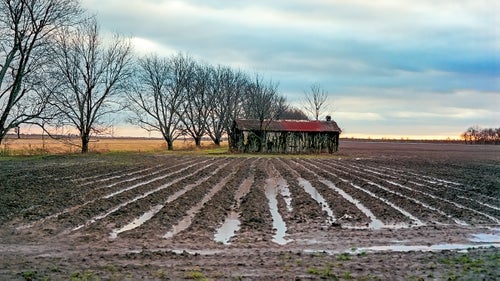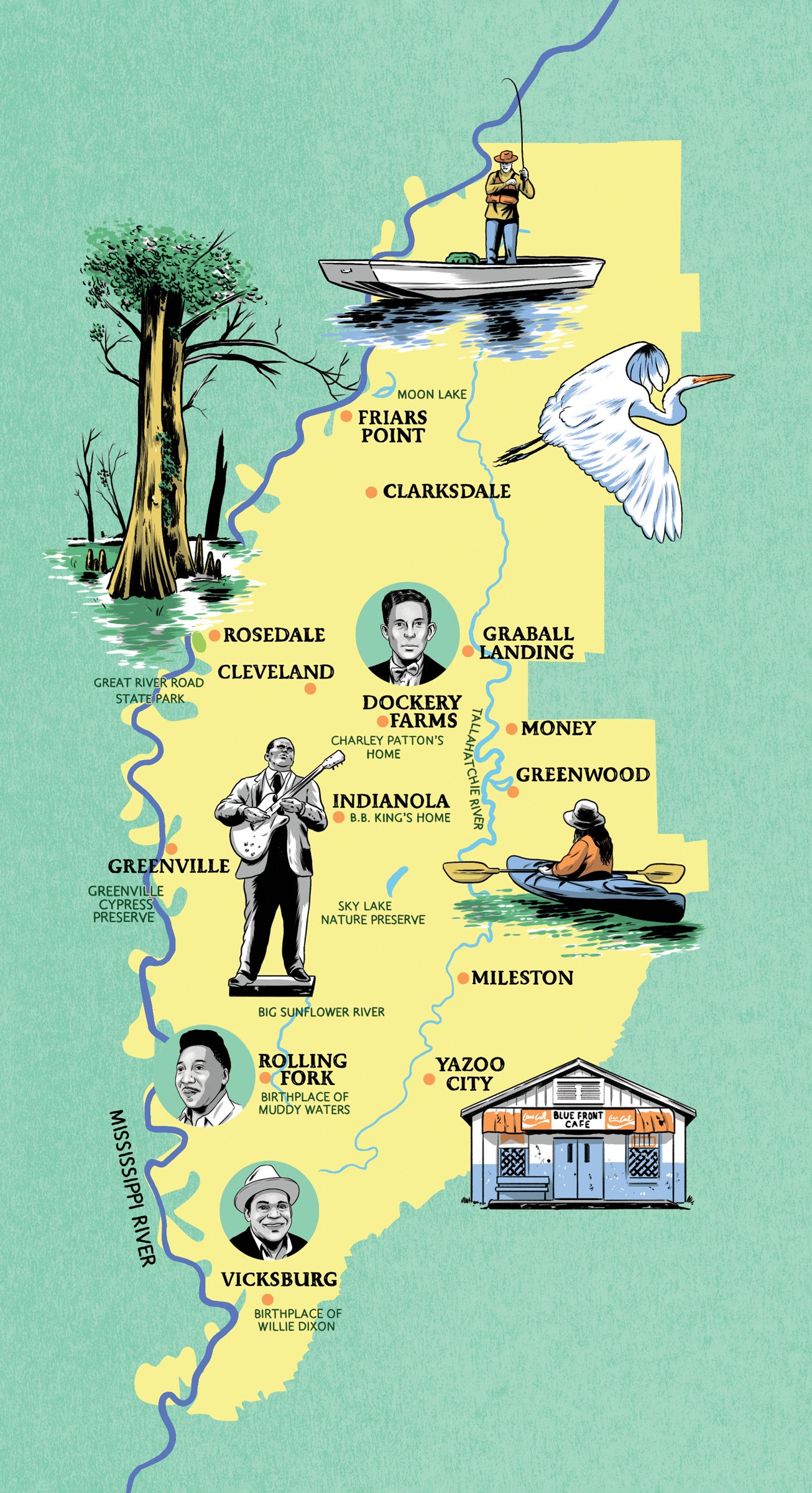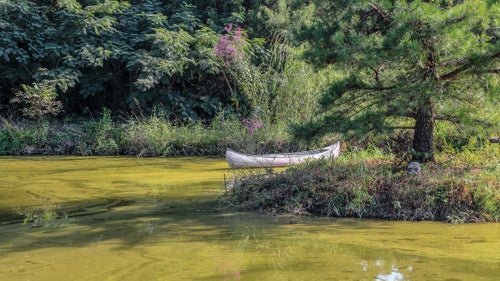Mississippi Delta: Returning Home to Its Haunted Past
A Black southerner who grew up during the dying years of Jim Crow journeyed north as a young man to pursue life as a writer and scholar. Fate brought him back, and he fell in love with a troubled part of the state known around the world as the birthplace of the blues.
New perk: Easily find new routes and hidden gems, upcoming running events, and more near you. Your weekly Local Running Newsletter has everything you need to lace up! .
The flat fields of the Mississippi Delta seem endless, and they can magically transport a traveler into the past. Sometimes when I’m driving through a stretch of this crescent-shaped part of northwest Mississippi—not to be confused with the region hundreds of miles south of here where the Mississippi River flows into the Gulf of Mexico—I look at the landscape and feel like I’m in one of those classic shots taken by a Depression-era photographer like . I know those photos intimately from the pages of books, but when I’m here, I’m also wandering through the early pages of my life.
My family once lived in the Delta, and I’ve been visiting it since I was a child. But if I’m being honest, I didn’t fully appreciate the richness of this place until I was well into middle age, when I came back to Mississippi to teach after decades of living in the Northeast.
I’ve always been fascinated by the dramatic you experience just north of Yazoo City—near the southern end of the Delta—when your car goes down a hill and, suddenly, the land looks tabletop flat for as far as you can see. In my mid-forties, to connect with the memory of my younger self, I began driving Delta roads as a pastime. Later I began to wander from them and ramble through towns with a litany of colorful names—Midnight, Alligator, Panther Burn, Egypt—unsure what I was searching for. Now, at age 65, I’m still driving around, with a new and profound sense of wonder.





